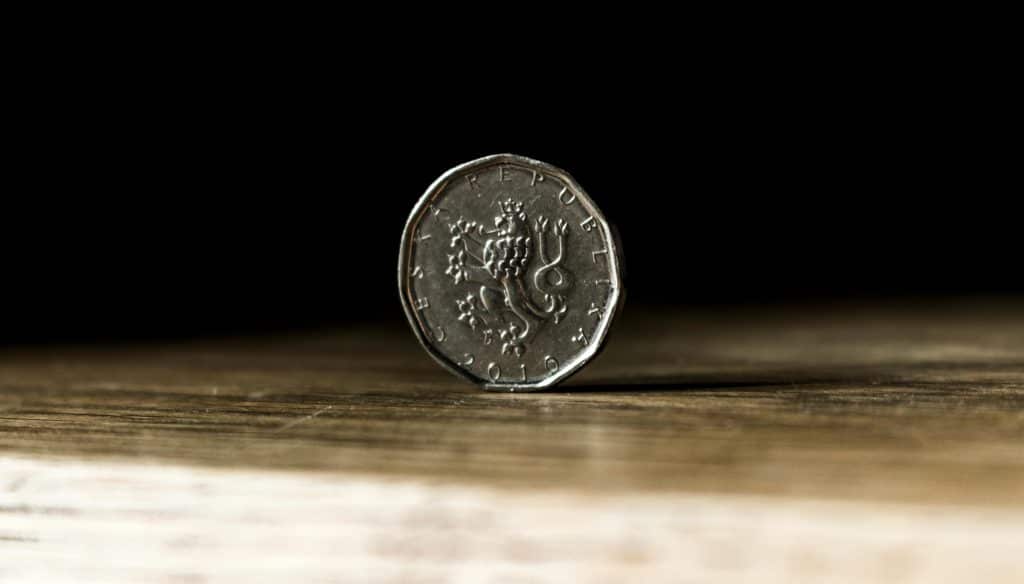In today’s dynamic environment, professionals and creatives alike are challenged to balance two seemingly opposite forces: drift and discipline. Drift represents the freedom to explore, experiment, and adapt, while discipline embodies structure, consistency, and goal orientation. Mastering how to balance drift with discipline is becoming increasingly vital as work grows more complex and less predictable.
This article explores the emerging trends and research around this balance, offering practical insights and strategies. Whether you’re a remote worker managing fluid tasks or a creative leader fostering innovation, understanding how to harmonize these forces can enhance productivity, creativity, and overall satisfaction.

What Does Balancing Drift With Discipline Mean?
Balancing drift with discipline involves allowing enough flexibility (drift) to remain creative, responsive, and open to new opportunities, while maintaining enough structure (discipline) to ensure progress, quality, and accountability. It’s not about choosing one over the other but leveraging both to create a productive workflow.
Drift without discipline can lead to aimlessness and burnout. Discipline without drift risks rigidity and stifled creativity.
Why This Balance Matters More Than Ever
The Rise of Hybrid Work and Fluid Roles
The COVID-19 pandemic accelerated hybrid and remote work adoption, shifting how people approach daily tasks. A 2024 Gartner report highlights that 63% of employees now have roles requiring both autonomous work and coordinated teamwork.
This blend demands workers balance structured schedules with spontaneous collaboration and innovation — essentially managing drift and discipline simultaneously.
The Creative Economy and Innovation Cycles
According to the World Economic Forum’s 2025 Future of Jobs report, jobs requiring creativity, adaptability, and critical thinking are growing faster than routine roles .
Creative professionals often thrive when given permission to drift, explore new ideas, and experiment — but also need discipline to convert ideas into actionable outcomes.
Emerging Trends in Balancing Drift With Discipline
1. Time-Boxed Flexibility
A popular trend is time-boxed flexibility, where work sessions are deliberately segmented between free-form exploration and focused execution.
- Example: Google’s 20% time policy encourages employees to spend a portion of work hours on passion projects but within an overall disciplined framework to meet core responsibilities.
2. Micro-Routines with Open Spaces
Micro-routines are small, consistent habits that anchor the day — like morning reviews or end-of-day reflections — providing a discipline baseline.
Interspersed are “open spaces” for free thinking, brainstorming, or side projects, allowing drift to spark innovation without losing structure.
3. AI-Assisted Task Management
Tools like Notion AI, Trello Butler, or Microsoft Viva use AI to automate routine tasks and organize priorities, freeing cognitive space for drifting into deeper creative work while maintaining deadlines and deliverables.
Practical Guide: How to Balance Drift With Discipline in Your Workflow
1. Define Your Core Goals and Boundaries
Start by clearly outlining what must be achieved (discipline) and where you can allow exploration (drift).
- Use SMART goals (Specific, Measurable, Achievable, Relevant, Time-bound) for your main tasks.
- Identify flexible areas such as ideation, research, or learning new skills.
2. Schedule Drift and Discipline Periods
Create a daily or weekly schedule that alternates between:
- Focused work blocks: No distractions, task-oriented, goal-driven.
- Exploration blocks: Open-ended, brainstorming, low-pressure.
3. Use Tools to Support Both Modes
- For discipline: Use calendars, project management apps, and timers (Pomodoro technique).
- For drift: Use note-taking apps, mind maps, or journals to capture spontaneous ideas.
4. Reflect and Adjust Regularly
At the end of each week, reflect on:
- How well did you respect discipline periods?
- Did you give yourself enough drift time to innovate or recharge?
- What adjustments can improve balance next week?
5. Communicate Expectations with Teams
If you work with others, clarify when collaboration is expected versus independent work. Align on flexible boundaries that respect both discipline and drift.
Benefits of Balancing Drift With Discipline
Improved Creativity and Innovation
Allowing drift sparks new perspectives and novel ideas, which disciplined follow-through turns into results. According to Teresa Amabile’s research at Harvard Business School, psychological safety to explore leads to higher innovation.
Enhanced Productivity and Reduced Burnout
Discipline ensures you meet commitments and avoid procrastination, while drift periods provide mental breaks that reduce fatigue. The American Psychological Association highlights that flexibility paired with structure improves job satisfaction and lowers stress .
Greater Adaptability
Balancing these modes builds resilience to changing conditions and emergent demands, a necessity in fast-evolving industries.
Subheading: How to Balance Drift With Discipline — A Summary of Best Practices
- Set clear goals but leave room for exploration.
- Time-box your day into focused and flexible blocks.
- Leverage technology to support both work modes.
- Practice reflection and course-correct regularly.
- Communicate boundaries clearly within teams.
Conclusion
Balancing drift with discipline is not a fixed state but an ongoing navigation. In a world that demands both creativity and reliability, mastering this balance is critical to sustained success.
By intentionally carving space for both freedom and focus, you can foster innovation without sacrificing progress. Whether managing personal projects or leading teams, this balance is a skill worth cultivating for the challenges and opportunities ahead.
References
- Gartner, 2024. Hybrid Work and the Need for Flexibility. https://www.gartner.com/en/newsroom/press-releases/2024-03-15-gartner-hr-survey-shows-63-percent-employees-have-hybrid-work-models
- World Economic Forum, 2025. Future of Jobs Report. https://www.weforum.org/reports/future-of-jobs-report-2025
- Google re:Work. 20% Time: Empowering Employee Innovation. https://rework.withgoogle.com/print/guides/5721312655835136/
- Harvard Business School. Teresa Amabile on Creativity. https://hbswk.hbs.edu/item/creativity-in-the-workplace-psychological-safety-is-key









